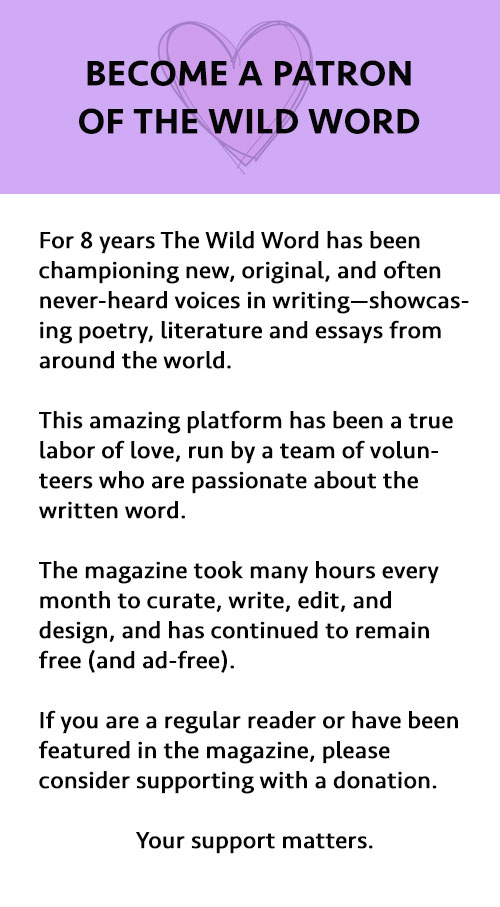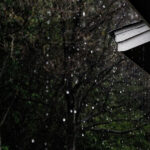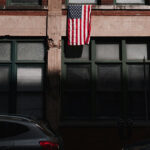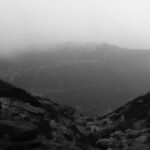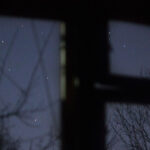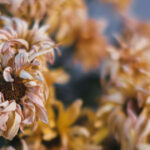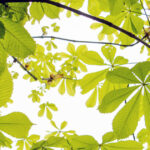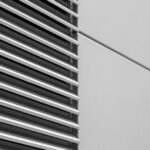ARTIST-IN-RESIDENCE
★ ★ ★ ★
RACHEL STIFF
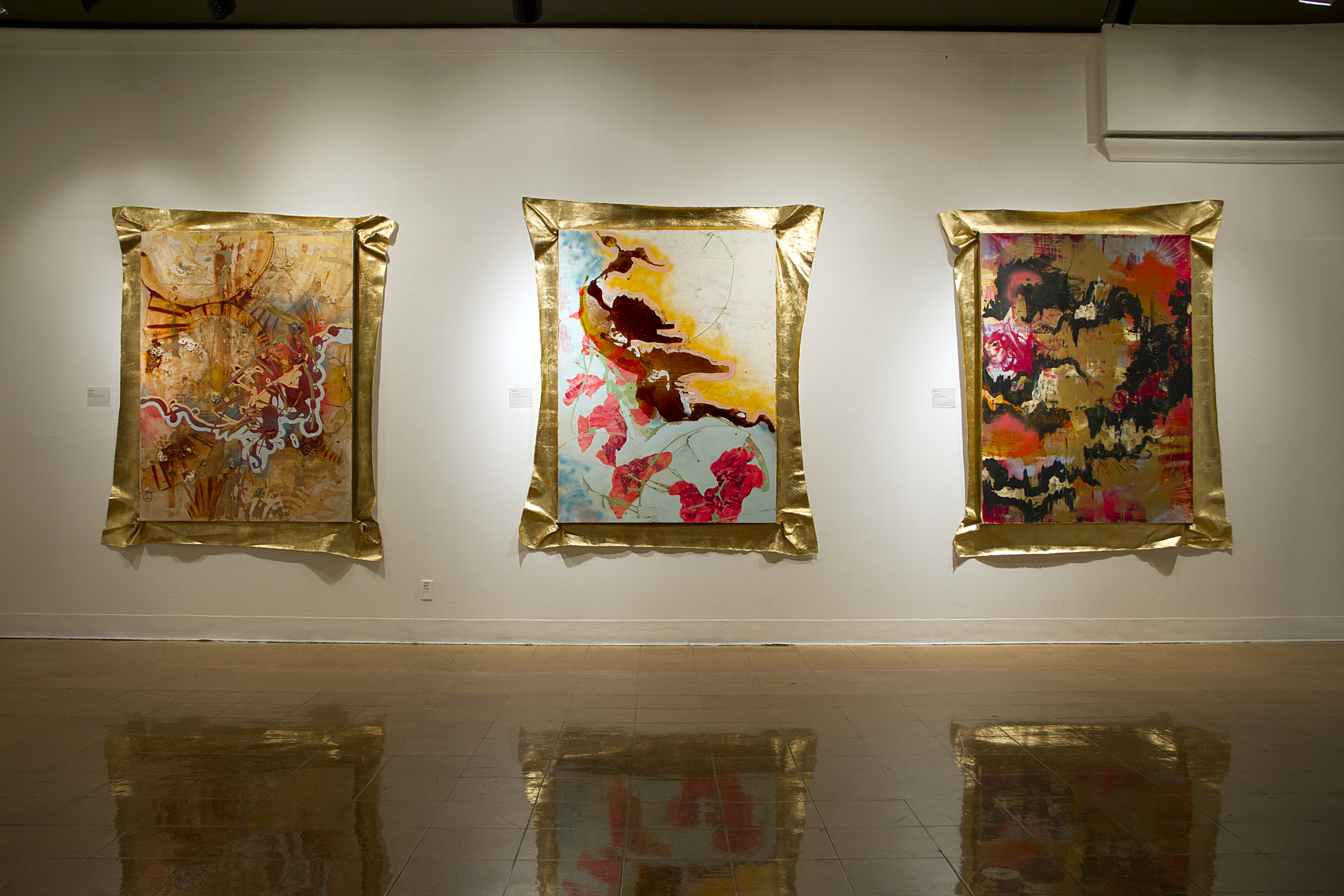
The Meaning and the Making
By Rachel Stiff
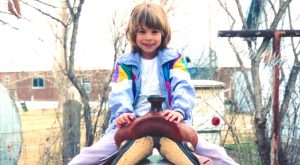
I know a lot about getting saddled. Brushing the horse down so there are no slivers or pieces of hay stuck to mud or sweat on their backs where the saddle blanket will go and later the saddle, breast collar and cinches. When you first heave the saddle up, you will settle the piece over their withers. Kind of rocking it up so that it sits on their back in the right way, with the curve of their spine. Taking the halter off, stick your finger in their mouths to tickle their tongue. They will open up for the bit and bridle to be placed. The way a horse will purposefully fill their belly with air to keep the cinch looser is funny and predictable. You have to ride them out a little. When you dismount to open the first gate, then re-tighten the cinch.
“I can sleep when I’m dead”, my grandfather used to say, meaning if there was enough light left in the sky he ought to be outside being productive. Constantly being engaged in activities with a physical sequence, my mom would till the garden, can tomatoes, and haul cords of firewood to the house for winter heat. Feeling guilty for taking downtime and sitting still, I feel my art should be done with much rigor. Having the common mindset of a hard-working, labor-intensive ranch community with several Hutterite colonies surrounding you from birth, a certain addiction gets instilled in a person, mine is work.
Beginning my work, I buy the supplies needed to build frames for canvas I will later stretch by hand. Laying the painting on the floor and using a squeegee, I move thick layers of gesso (a mixture of plaster of Paris or whiting in glue) over raw canvas. A tinted ground is created by adding paint directly to wet gesso. The gesso dries leaving what will become the underlying textures and color. The painting begins its journey into being an individual.
Becoming its own entity with a unique personality, the piece starts to demand that certain decisions be made. The dialogue is back and forth; as the painting informs me, I make suggestions to it. Physical struggles and gaps in communication make up the relationship, as well as harmony and good rhythm. When an understanding is achieved and the image becomes clear, I am able to more meticulously mix colors and infuse specific forms into the painting. Most often, it is this process that will bring me to the painting’s namesake.
It is important to me to create paintings that are not overly contrived while finding a balance between control and chaos. Allowing a paint spill to meander across the canvas without altering its path is a way of letting chance in. Reacting to the layers of spilling, I will cut directly into masking tape or use spray paint to further reinforce or abstract a form I have found. This is control. Going through a full day or two of this process can lead to an impasse with the work. At this time something drastic must be done, which can cause the painting to relapse back to a juvenile state. A body of paint is created with a skin that retains its memory of mistakes and of being made.
Editing is a huge part of the process. Knowing when something is finished was once one of my weakest qualities and I am heartbroken over the loss of many images which were buried under unnecessary layers of paint. Leaving a section untouched is equally as valuable, if not more so, than adding elements. A delicate balance exists between the work being finished and the painting lacking. Taking risks, making decisions and committing myself to the changes are essential. A nagging feeling about an area, a mark or spill will arise. If that feeling persists, it will become clear that the area needs re-working. There are circumstances where one small thing will be altered, causing a domino effect in which many other things will need to be re-adjusted. When the space to form ratio is in balance or perfectly off balance, I will stop working the piece. Letting it rest for three days, I will come back to it with fresh eyes. The final question I have to ask myself is whether the piece works best with its subjective flaws.
The first of the gold fringe-frame pieces is titled Sweet pea. Sweet peas have always been in my life, from childhood in my mother’s acre large garden. The marrying of beauty and decay is constant in my work. Forms are sown and simultaneously rot, into and out of the paint surface. The use of shellac in my work, a resin, represents a simultaneous repulsion and attraction to witnessing life cycles beside decomposition. I like to celebrate the curiosity for the inner workings of life. A story is held behind the iodine spill that took place in the horse stall, and the events, which lead to hard balls of tar in our kiddy pool on a hot summer day. Abstracted memories that have become engrained in my mind, all spawning from my need to keep my eyes open, to look and to be curious.
When I attended The University of Montana in 2007, I did know who Jackson Pollock was. Taking an abstract process class while earning my bachelor of fine arts degree was a huge turning point for my work and to discovering what genre of art appeals to me. Since then, I have discovered these basic things about how art needs to function for me: if the initial response that strikes the viewer is a feeling then the art works. After finding out what the artist’s intentions were, and still you feel your own gut reaction, then the art is good and allows for interpretation.
Art should always possess beauty (which is subjective) and intention. I choose to be a painter and love to look at paintings. There is so much of the individual’s physical presence in the object of the work. After sitting in front of a Mark Rothko painting I always feel awe for what paint can do, how it can be so mysterious and seem to be breathing.
Processing life through the addiction of work, I paint. My relationship with the paintings is like a mirror, helping me to see myself. Learning about my personal tendencies and trusting my initial gut reaction is my most valued lesson. Allowing my physical actions to lead me to deeper meaning is the essence of what I do. The beauty I find in decay, my childhood fascination for things on the ground, and the need for tactility, are all qualities that have been inherited from my upbringing and now manifest themselves through the images I make. In my mind’s eye, I see works that move off their frames and traverse across the wall.
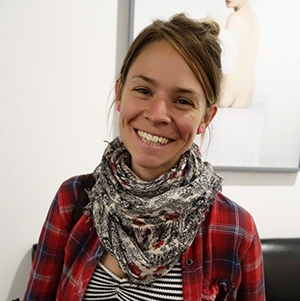
Rachel Stiff is a painter, educator and former all-around cowgirl. During the spring of 1986, she was born in Lewistown, Montana. Rachel holds an MFA from the University of Arizona in Tucson (2012) and a BFA from the University of Montana in Missoula (2009). Her work has been shown throughout the West and acquired by the Emmy award winning Traktor Films of Santa Monica, CA. In 2013, Rachel participated in RAID Projects, a three-month long artist residency in downtown Los Angeles. After living and working there for nearly a year, Rachel moved to Nevada. In Las Vegas, her work can be found in the permanent collection at the Marjorie Barrick Museum and was recently shown in a solo exhibition at The Winchester Cultural Center. Identifying as a true Westerner, her work examines the construction of the modern landscape and desert-urban interface through abstraction.
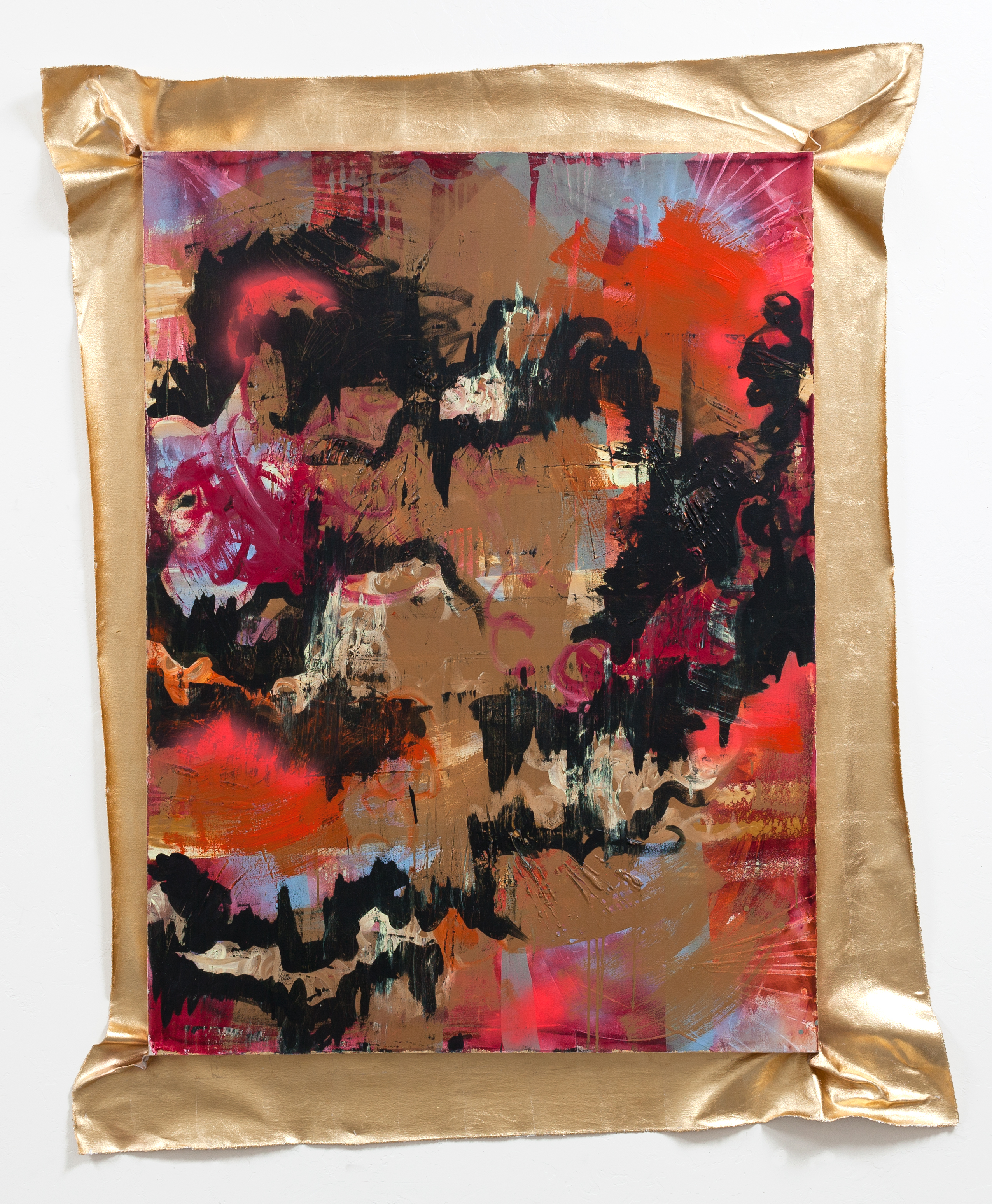


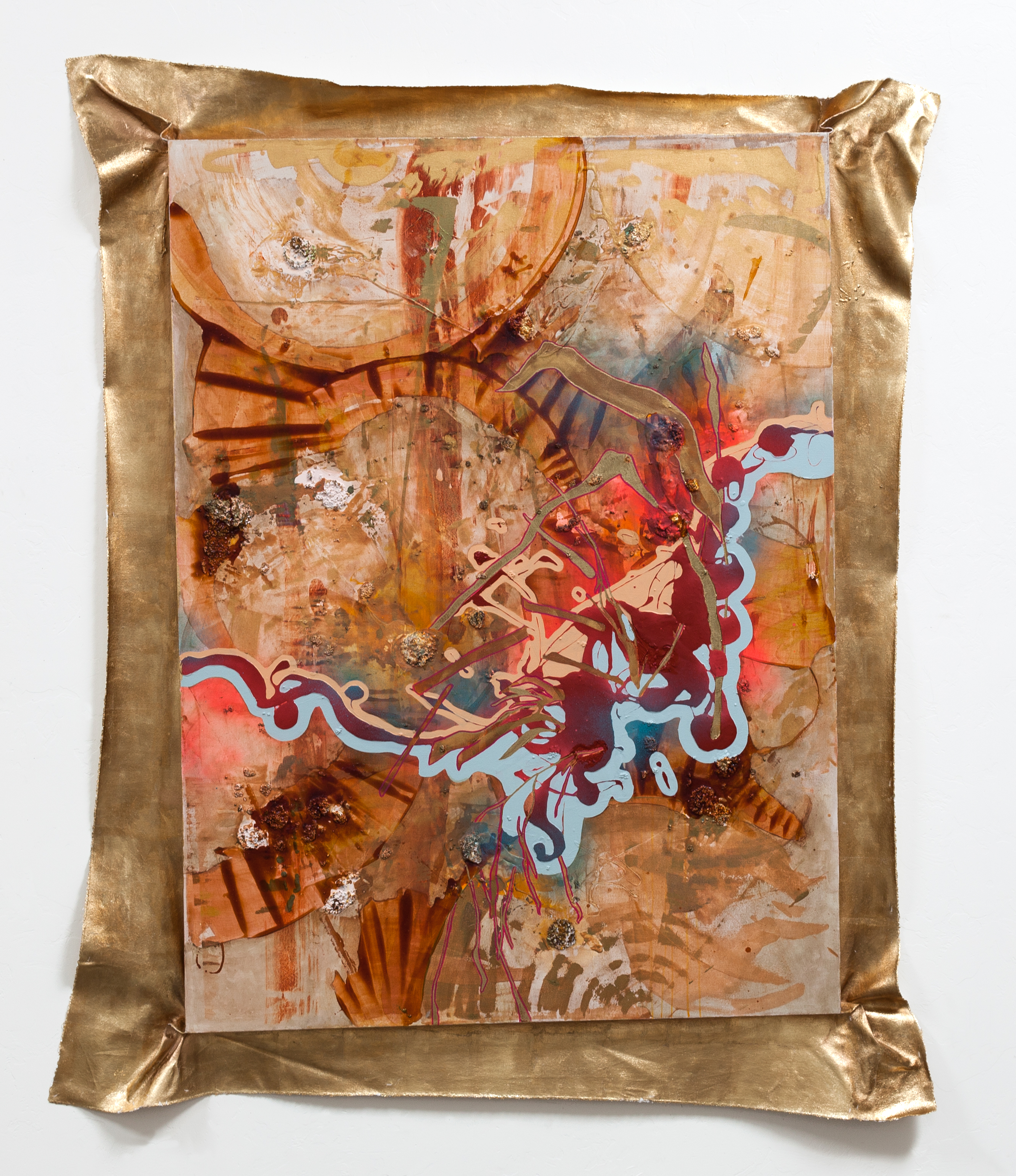
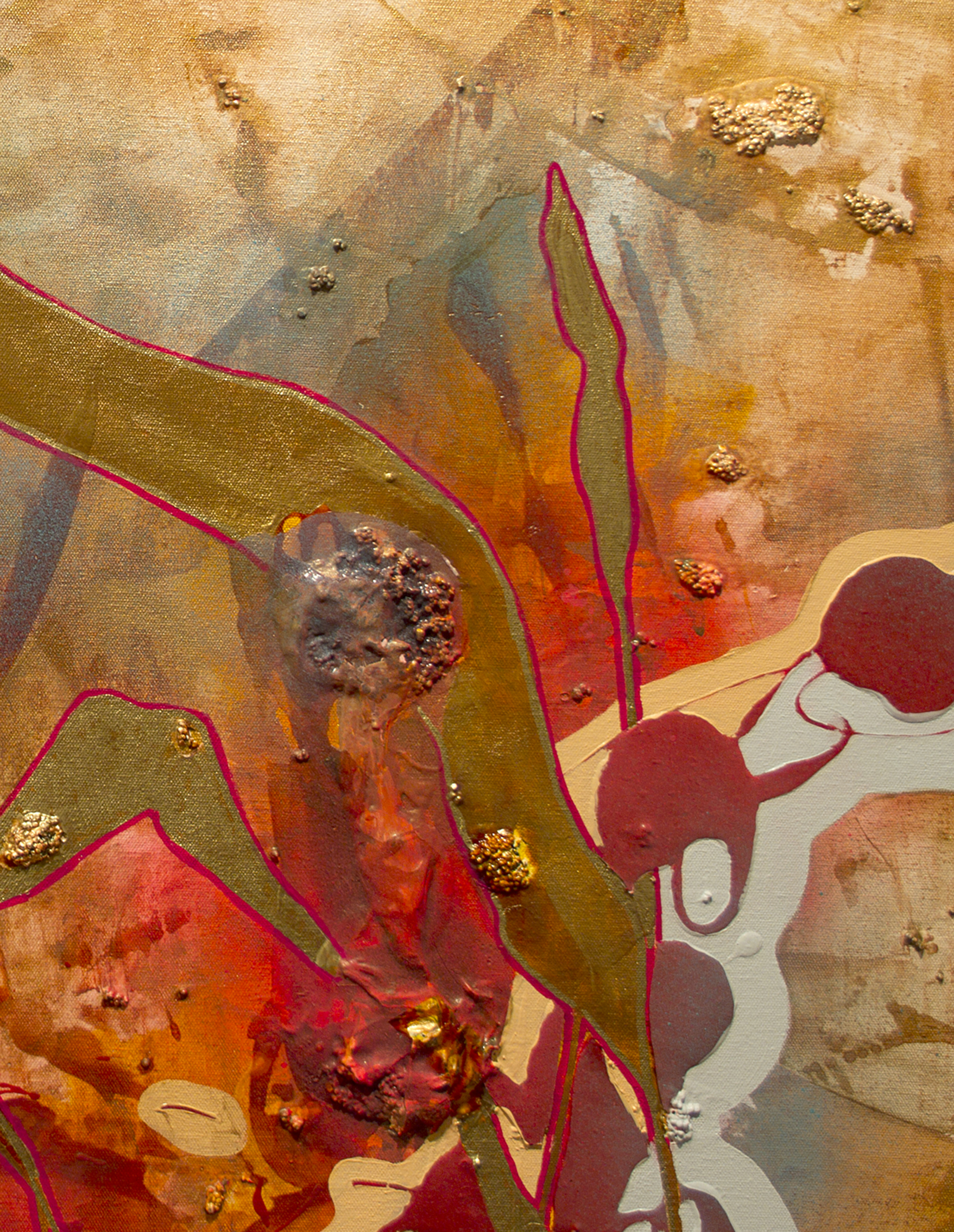
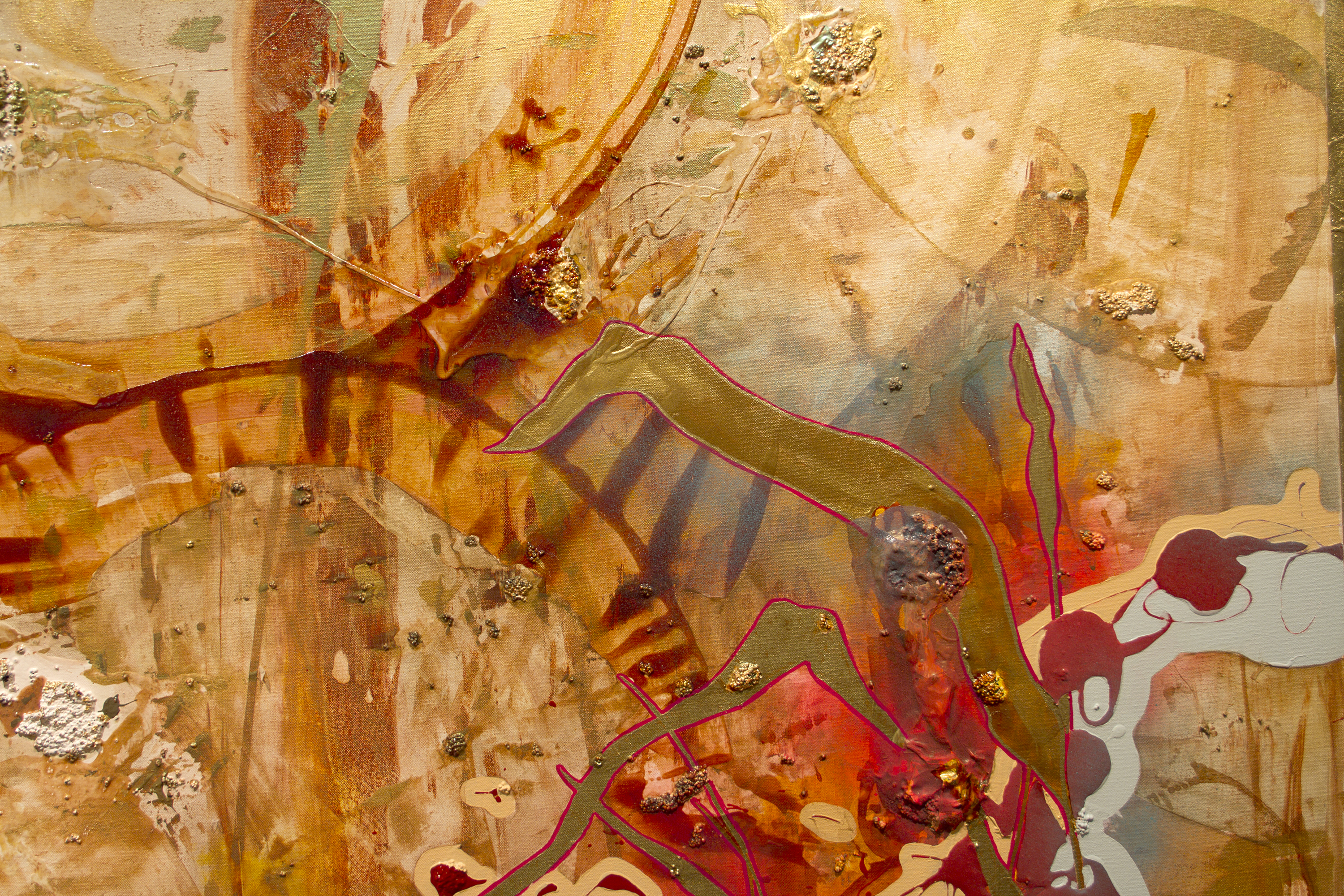
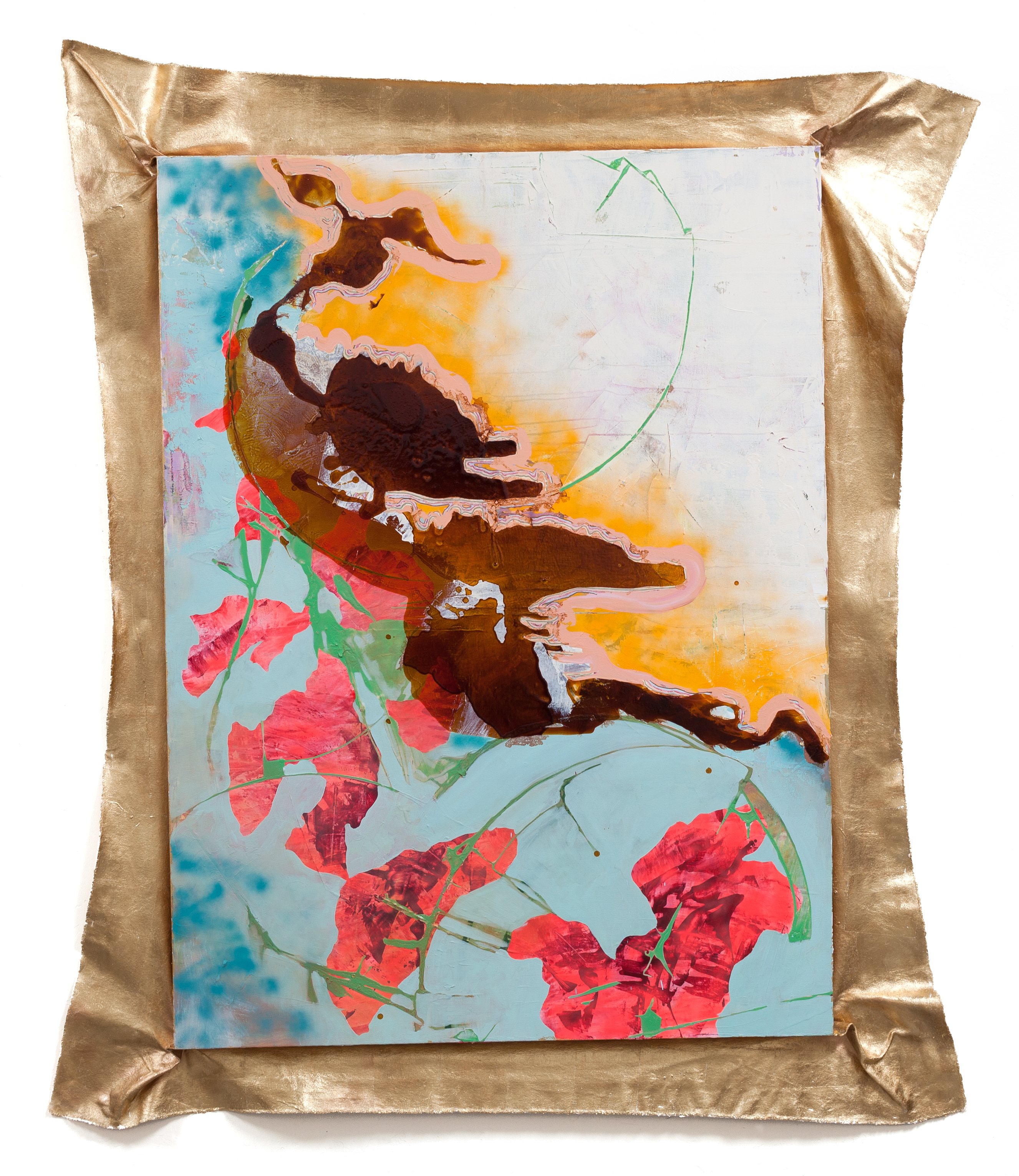
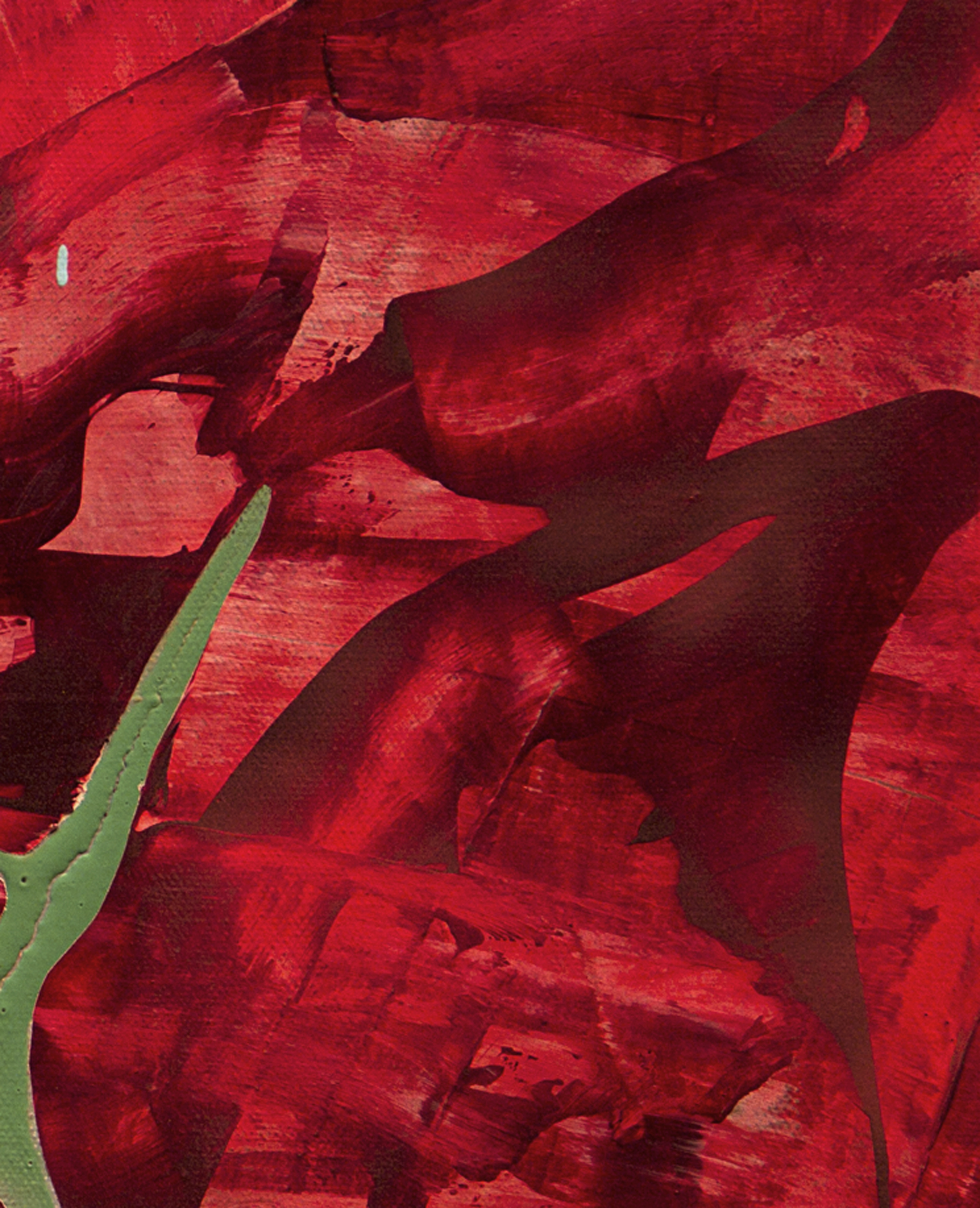

FOR MORE ON THE WORK OF RACHEL STIFF

